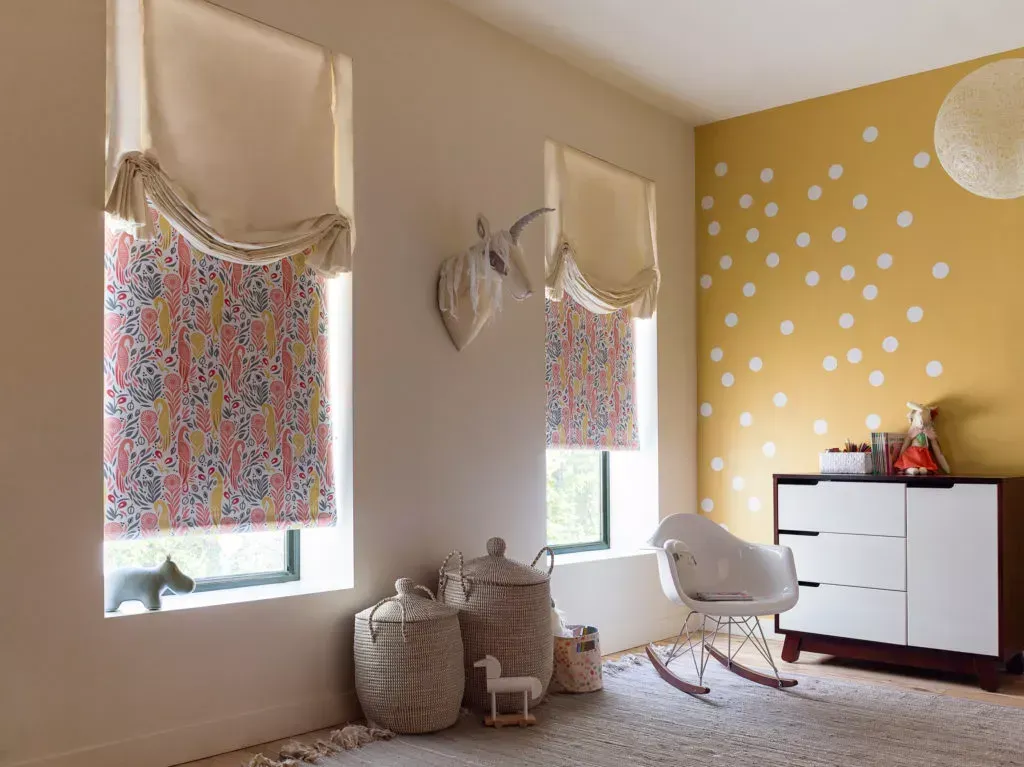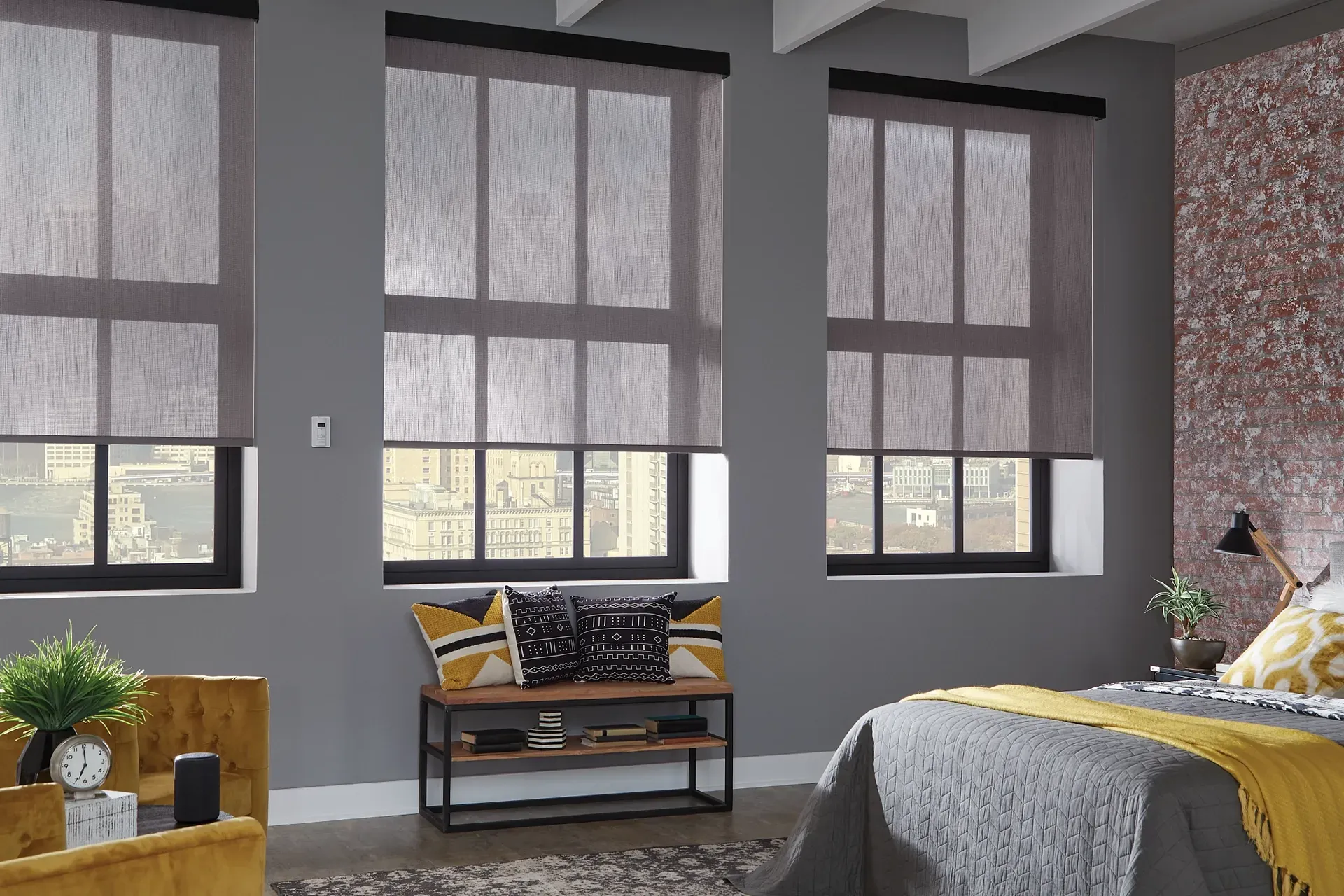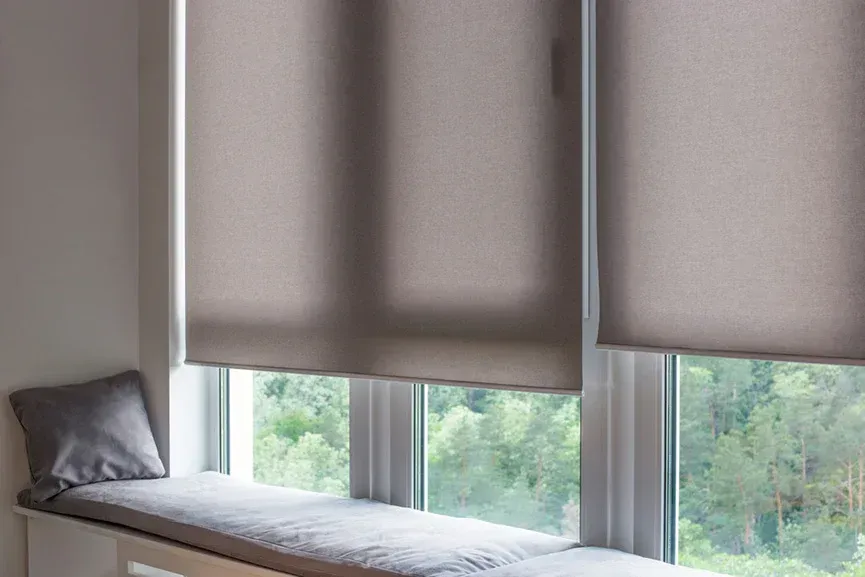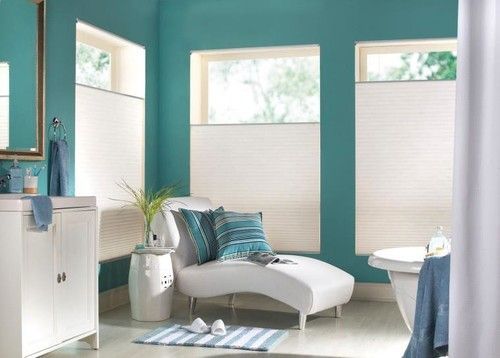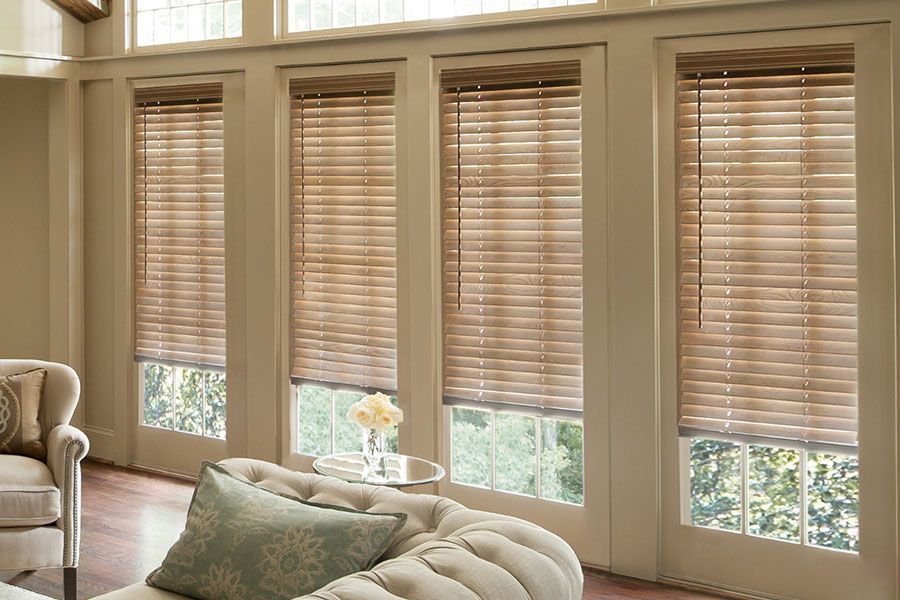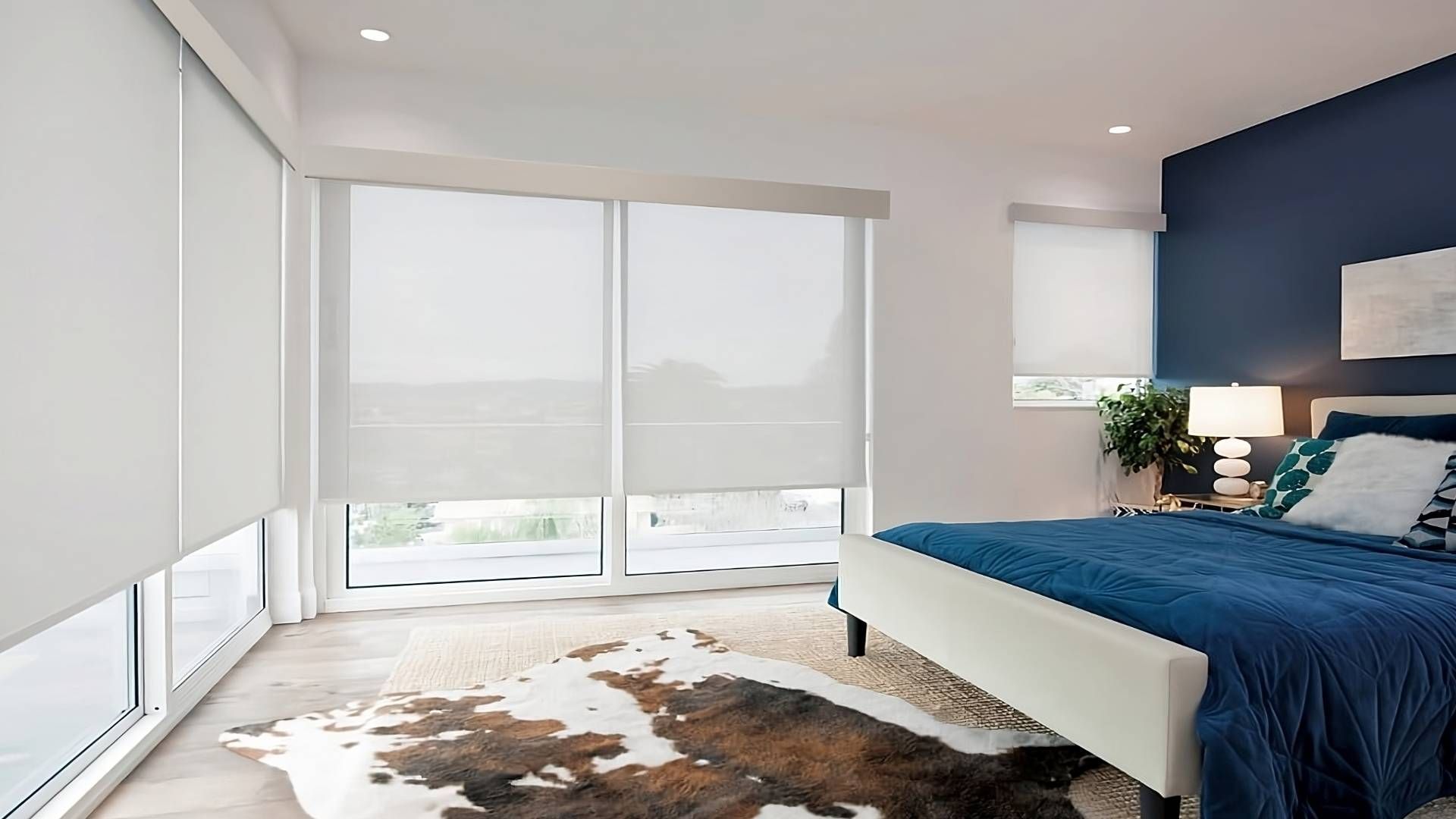LOVE IS BLINDS
How Do I Know When It’s Time to Replace My Blinds?
TLDR;
You should replace your blinds when they stop functioning properly, show visible signs of wear like fading, bent slats, or frayed cords, or no longer match your interior design. If your blinds are older than 5–10 years, have safety concerns, or no longer insulate well, it’s likely time for an upgrade.
Understanding Why Timely Blind Replacement Matters
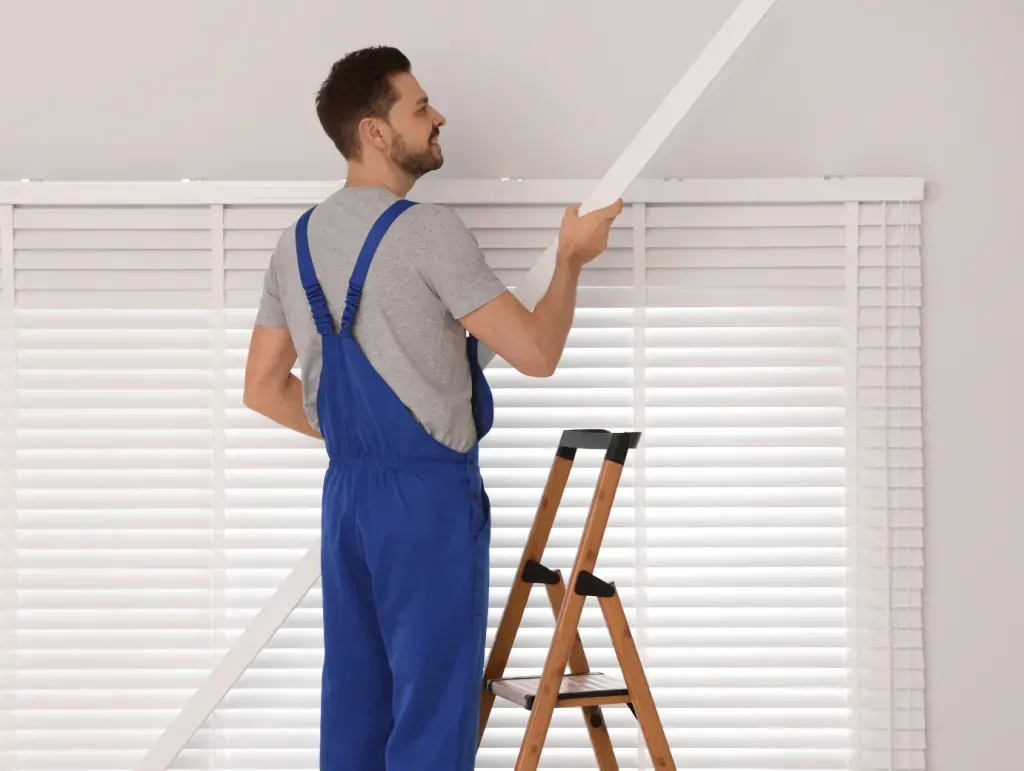
Your blinds do more than block sunlight—they help regulate temperature, ensure privacy, protect furnishings, and complete the look of your space. When blinds begin to fail at any of these roles, they can cause more harm than good.
At
Shop Love Is Blinds, we often see people hold on to blinds long past their useful life. This blog helps you determine exactly
when it's time to replace them—based on function, appearance, safety, and style.
Typical Lifespan of Different Blind Materials

Not all blinds age the same. Knowing what type you have is the first clue.
- Aluminum or Vinyl Blinds
Lifespan: 3–5 years
These are budget-friendly but prone to warping and mechanical failure with frequent use. - Wood and Faux Wood Blinds
Lifespan: 5–10 years
Higher quality and durable, but wood can warp with moisture; faux wood tends to last longer. - Fabric and Cellular Shades
Lifespan: 7–10 years
Popular for insulation, but susceptible to fading and fraying over time.
If your blinds are within or past these ranges, start inspecting for other signs of decline.
Functional Red Flags: When Operation Fails
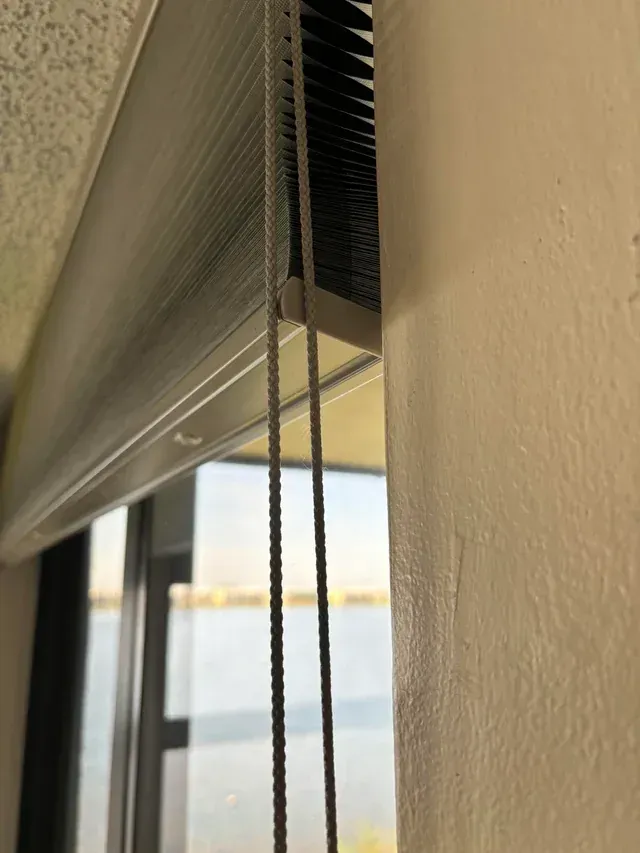
If your blinds stop doing what they’re meant to—open, close, tilt—they’re no longer useful. Here's what to look out for:
Cords or Mechanisms Are Jammed
- You have to yank or jiggle the cords
- Slats don’t raise evenly or get stuck
- Tilt wands spin without response
Slats Are Warped or Bent
- Heat, humidity, or long-term pressure can distort shape
- Warped slats don’t close properly, allowing light leaks and reducing privacy
Controls (Tilt/Lift) No Longer Working
- Wand detaches from the headrail
- Cords slip or fray during operation
- Mechanisms feel loose or sluggish
If multiple slats or the control system is failing, it’s often more cost-effective to replace rather than repair.
Visible Damage You Shouldn’t Ignore

Wear and tear is inevitable—but once visible, it’s often beyond repair.
Faded or Discolored Slats
- Sunlight exposure causes bleaching or uneven color
- If 30% or more of slats are faded, it’s time to replace
Frayed Cords or Strings
- Dangerous for children and pets
- A sign that the blind’s inner mechanisms are degrading
Cracked, Broken, or Ripped Components
- Splintering wood or cracked vinyl reduces effectiveness
- Torn fabrics or bent headrails are usually not fixable
A single damaged slat might be fixable—but widespread damage means the whole system is aging out.
Are Your Old Blinds Putting You at Risk?
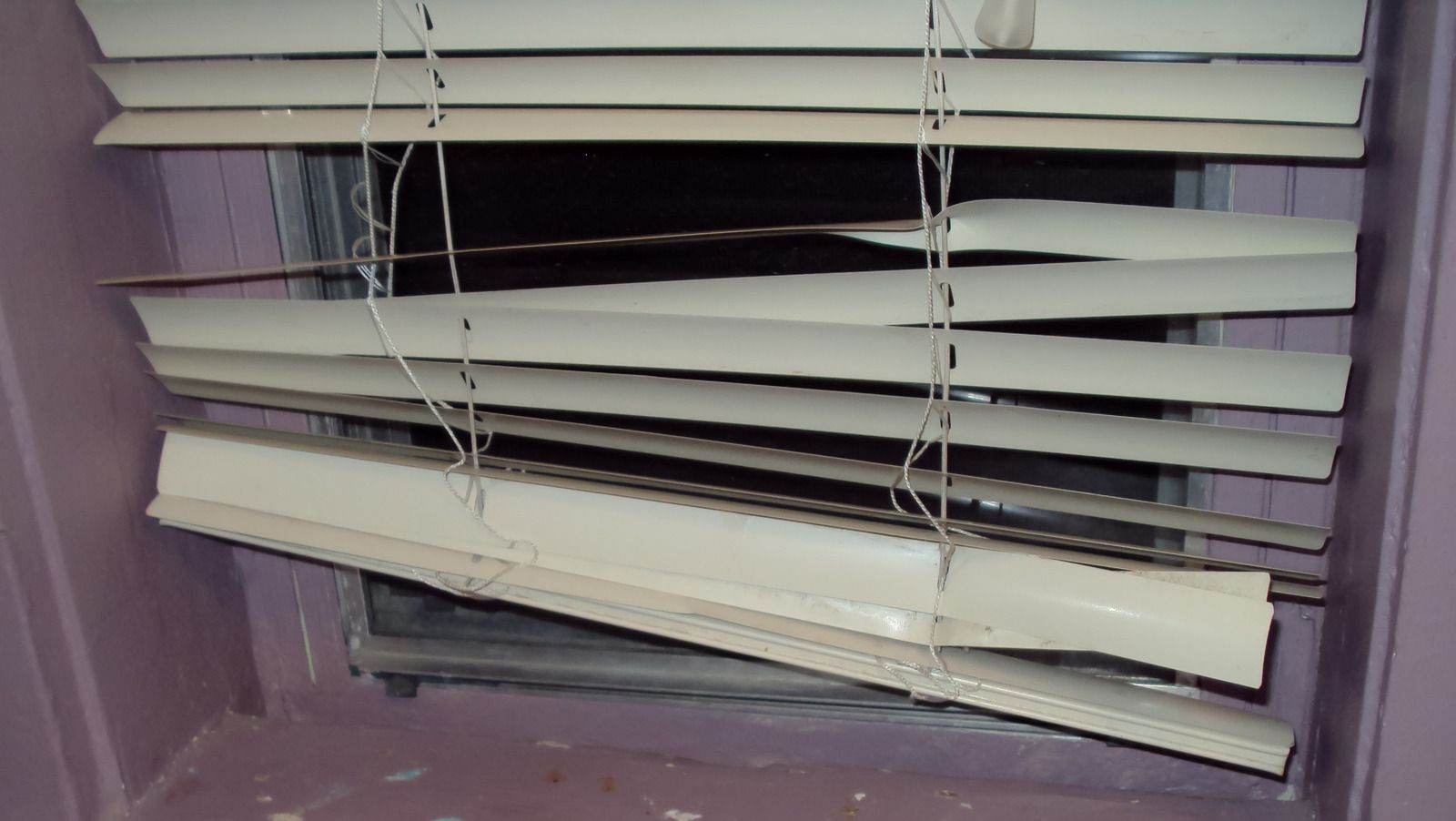
Old or damaged blinds can create real safety issues—especially in homes with young children or pets.
Broken or Unsafe Pull Cords
- Long dangling cords are a strangulation hazard
- Blinds manufactured before 2018 may not meet current safety standards
Inefficient Insulation or Rising Energy Bills
- Warped or loose-fitting blinds allow heat transfer
- Older cellular shades lose insulating value as they degrade
- You may notice rooms are hotter in summer or colder in winter
Investing in modern, energy-efficient blinds can reduce monthly utility bills significantly—by up to 25% according to the U.S. Department of Energy.
When Style No Longer Matches Your Home
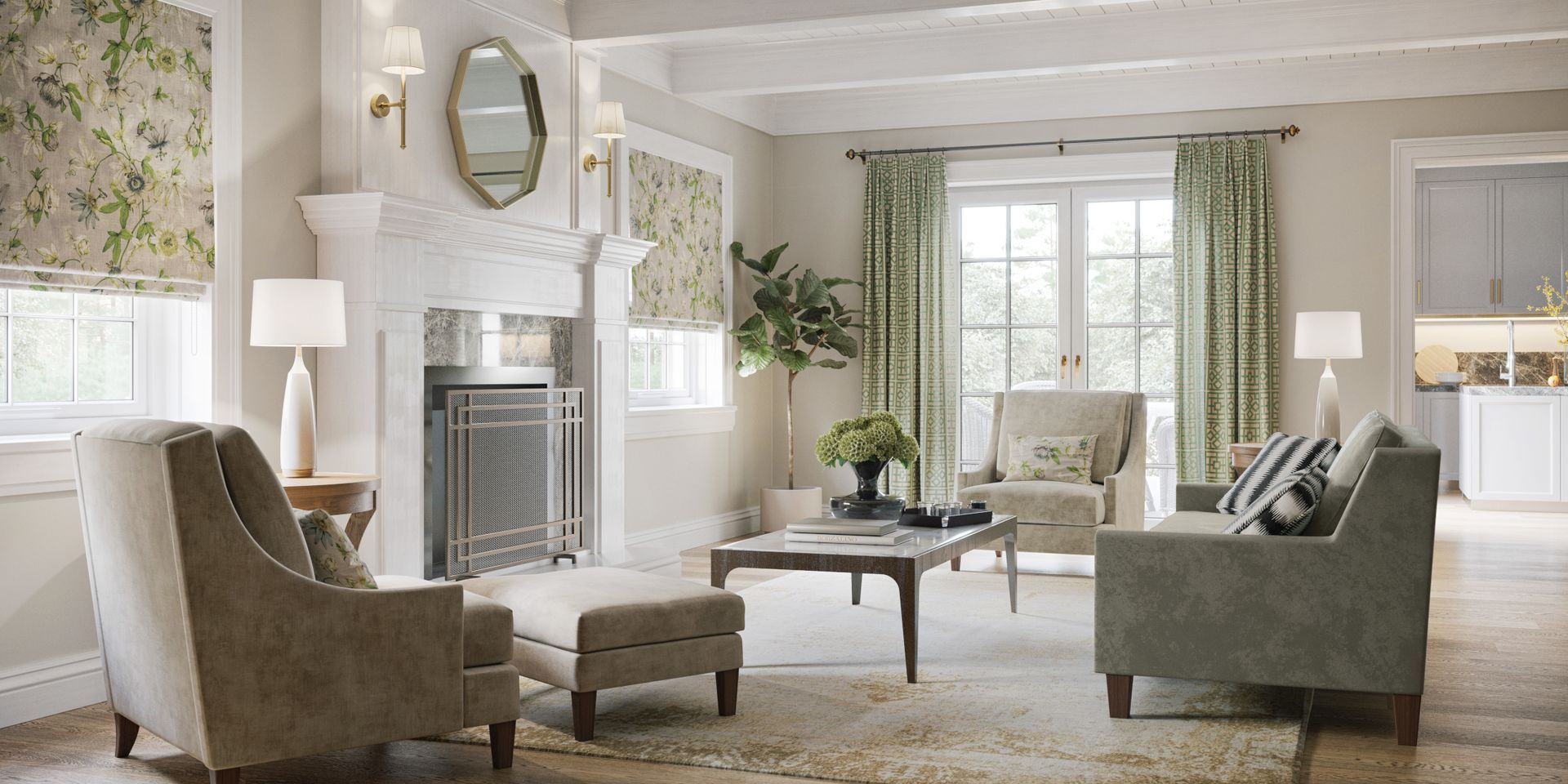
Blinds are part of your home's visual experience. Outdated designs make a room feel stale—even if everything else is updated.
They No Longer Fit Your Style
- Old metal or plastic blinds in a modern farmhouse? Doesn’t work.
- Yellowed vinyl ruins otherwise clean interior lines
You’ve Remodeled or Changed Décor
- New floors, paint, or furniture? Your blinds should complement the update
- Opt for shades or blinds that fit your room’s new mood and lighting needs
Even high-end blinds can look out of place if they don't match your evolved space.
New Windows? New Blinds.
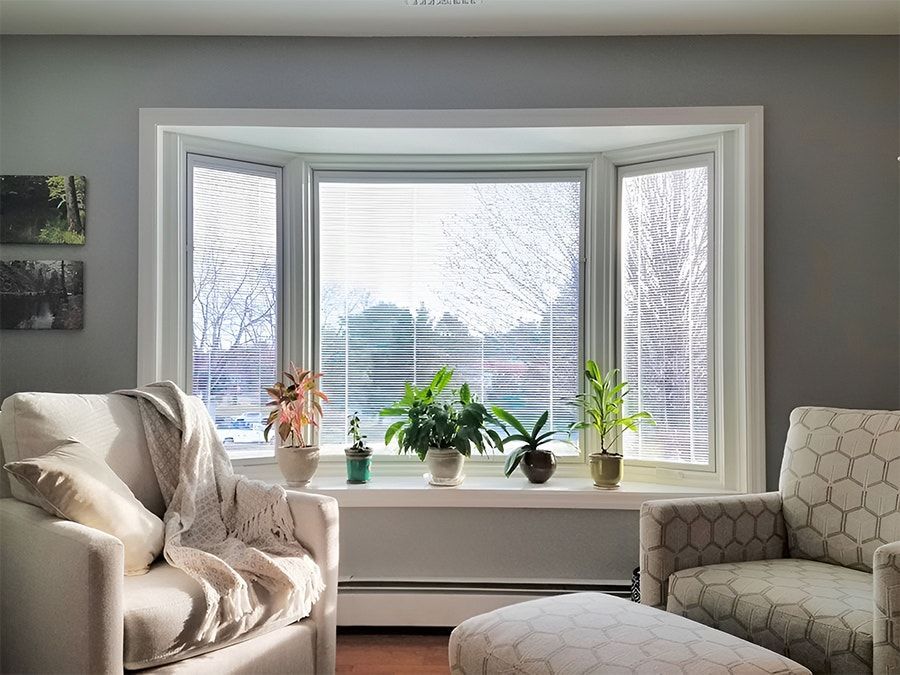
You wouldn’t put old tires on a new car. So why reuse old blinds on new windows?
You Installed New Windows
- Retrofit blinds often don’t fit modern window dimensions
- Older mounting brackets or valances may not align properly
You might even risk damaging your new window frames if you're not removing cellular blinds safely during the switch. Taking the proper steps to uninstall your old blinds without causing harm to the window trim or wall is just as important as selecting the right replacement.
Your Needs Have Changed
- You might now want blackout shades for a nursery
- Cordless blinds are now preferred for safety
- Maybe you now need motorized shades for hard-to-reach windows
Window replacement is the perfect time to reevaluate your blinds' functionality and fit.
Still Not Sure? Use This Quick Checklist
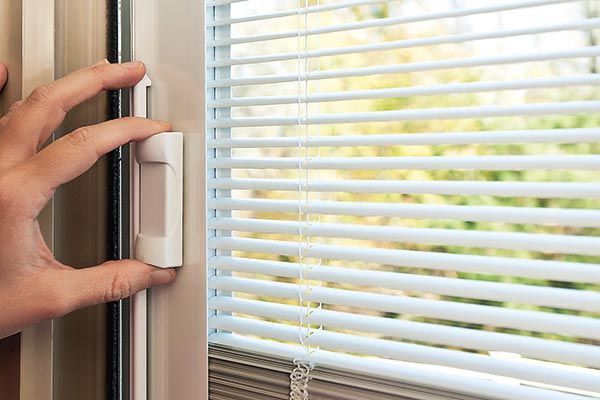
Use this guide to quickly scan your situation:
- Blinds older than 5–10 years?
- Noticeable fading on more than 30% of slats?
- Slats warped, cracked, or bent?
- Difficulty raising, lowering, or tilting?
- Frayed cords or non-working controls?
- No longer matches the room's style?
- Rising energy bills or poor insulation?
- Recently remodeled or changed window layout?
If you answered yes to more than two, it’s time to consider replacement.
Repair or Replace? What’s Worth It
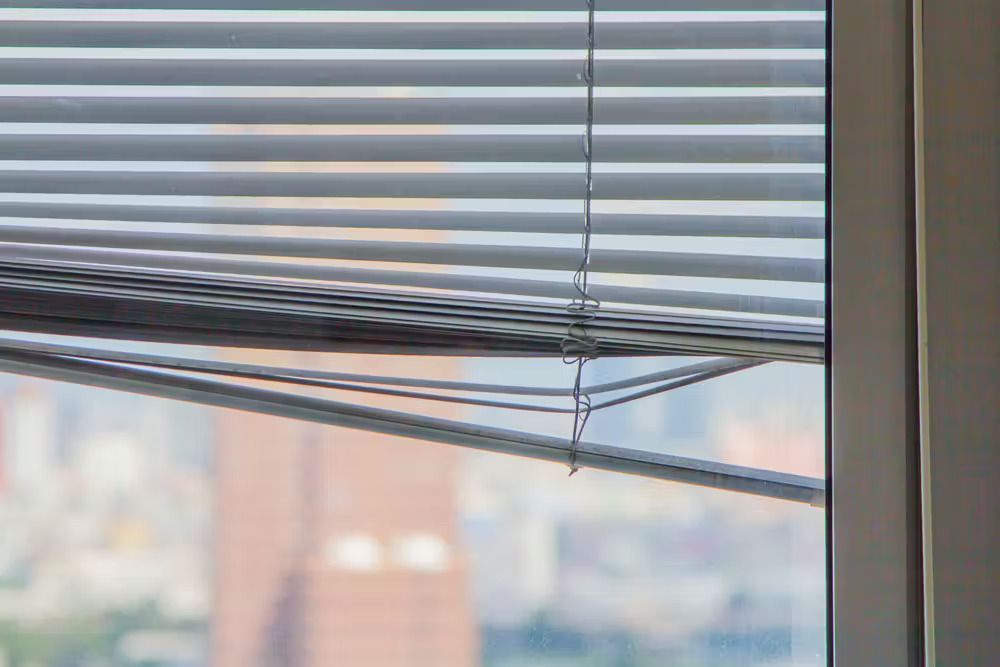
Sometimes a small fix will do—but often, replacement is smarter.
When repair might be okay:
- One broken slat in a newer blind
- Tangled but intact cords
- Minor tilt control misalignment
When replacement is better:
- Multiple broken components
- Frayed lift cords (safety hazard)
- Mechanisms no longer smooth or functioning
- Repair cost exceeds 50% of replacement value
On average, blind repair costs $50–$100 per window. Replacements start at around the same price—with full warranty and updated safety features.
Choosing the Right Replacement Blinds

At Shop Love Is Blinds, we help homeowners choose blinds that are stylish, functional, and built to last.
Material Options & Lifespan
- Faux wood: Durable, moisture resistant, great for kitchens and bathrooms
- Wood: Warm look, best for dry environments
- Cellular shades: Best for insulation and sound dampening
- Vinyl/aluminum: Budget-friendly but shorter lifespan
Safety and Smart Features
- Cordless blinds: Safer for homes with kids or pets
- Motorized shades: Perfect for hard-to-reach windows or remote control convenience
- Smart integrations: Use voice or app control with Alexa, Google, or Apple Home
Energy-Efficient and Room-Darkening Options
- Dual-layer cellular shades can cut energy loss by up to 50%
- Blackout shades help regulate sleep and privacy
- Top-down bottom-up designs allow versatile light control
Replacing is more than a fix—it’s a chance to enhance how your space looks and functions every day.
Frequently Asked Questions
How often should blinds be replaced?
Every 5–10 years depending on material, usage, and exposure.
Can I just replace individual slats instead of the whole blind?
Yes, but only if the blinds are relatively new and parts are available. Older or warped blinds are better replaced entirely.
What makes blinds energy-efficient?
Look for cellular or honeycomb designs, quality materials, and tight window fits. Layering with curtains helps too.
Is repairing blinds ever worth it?
Sometimes—for minor issues or expensive models. But if the repair is costly or components are outdated, replacing is the better investment.
Need to setup a Repair Appointment?




